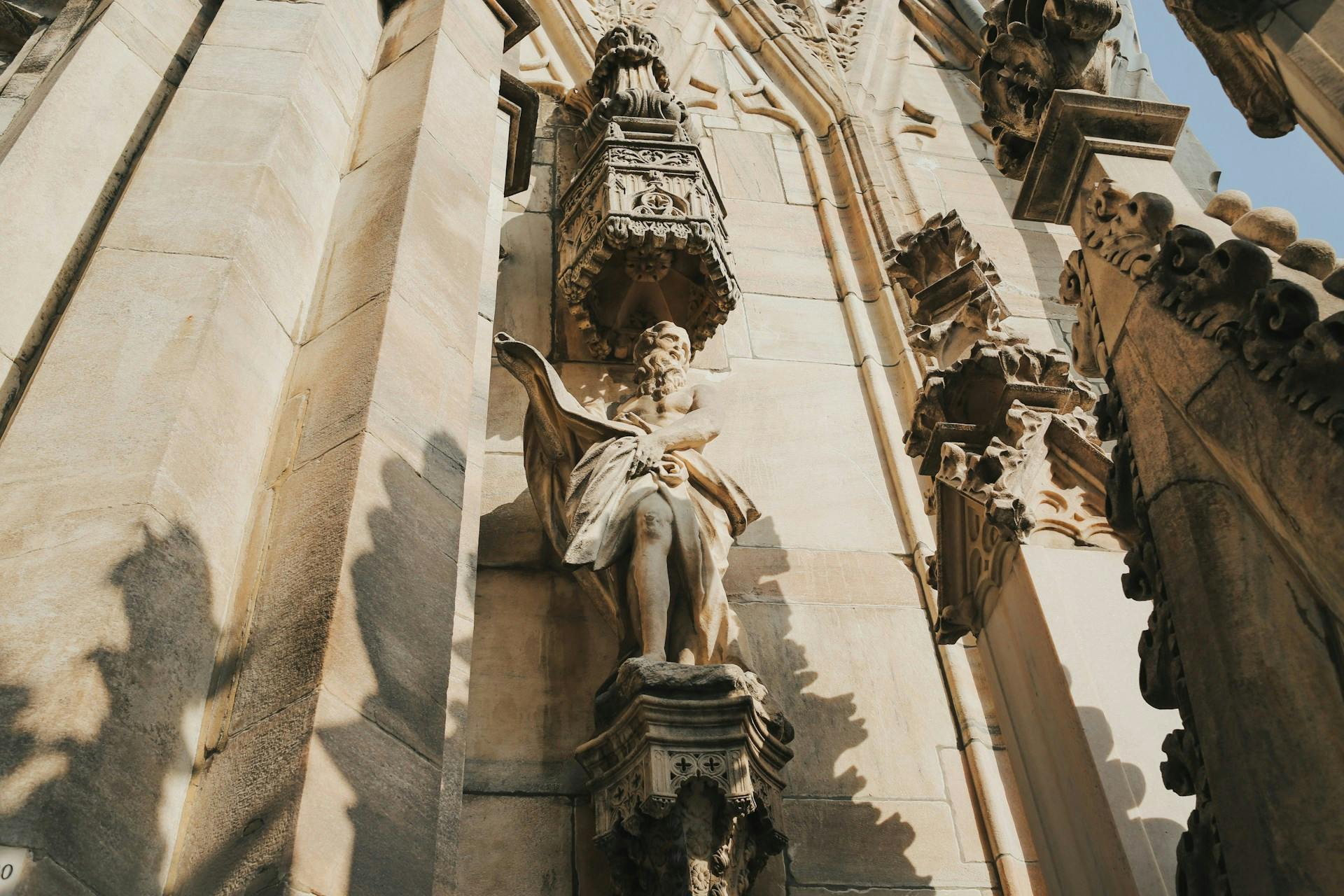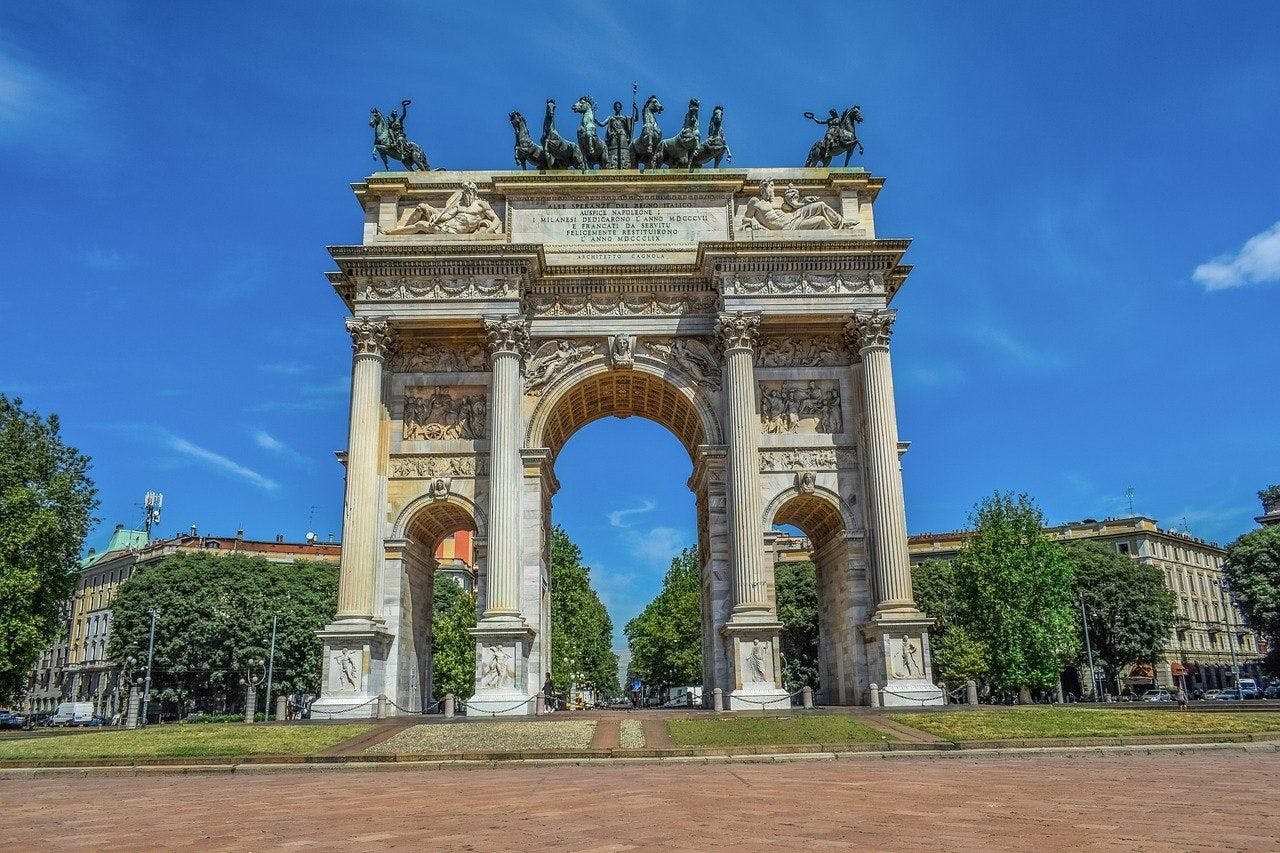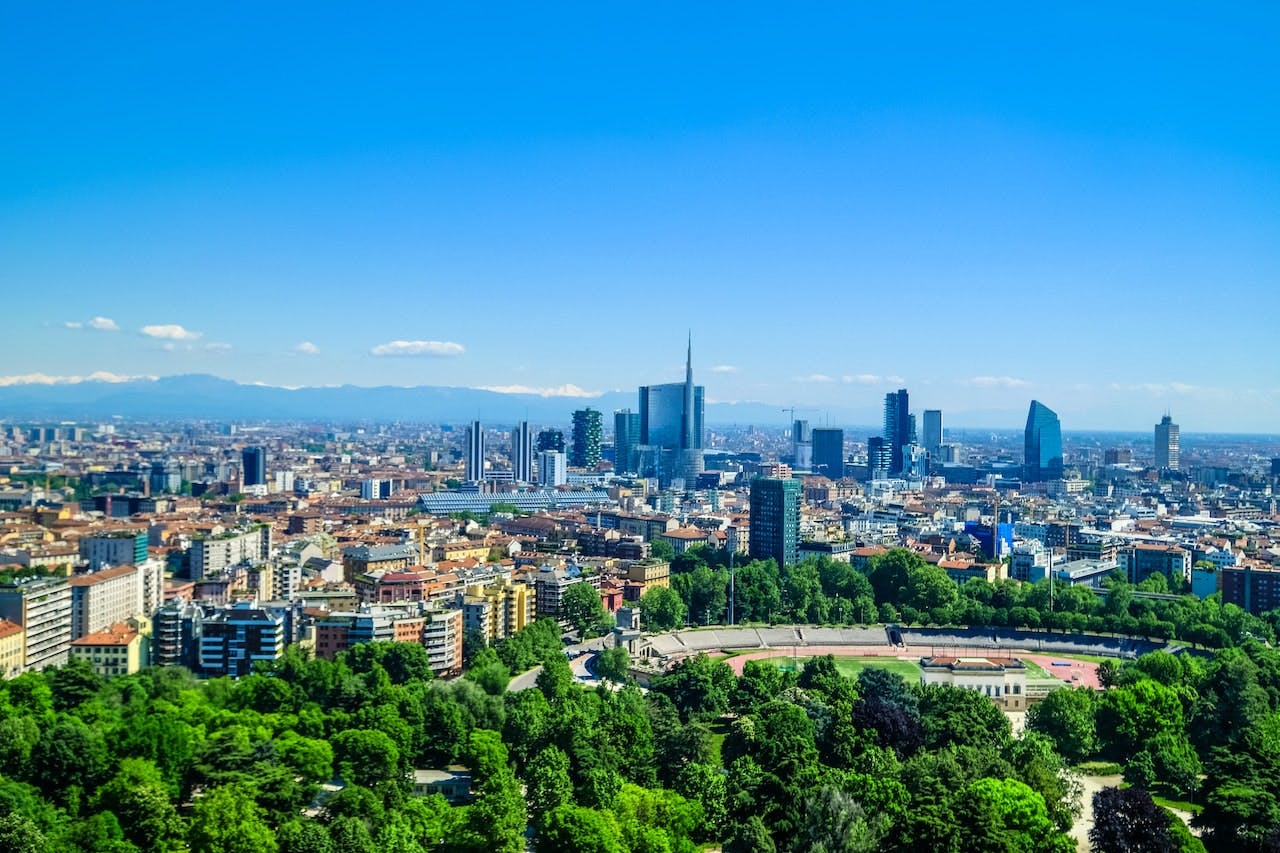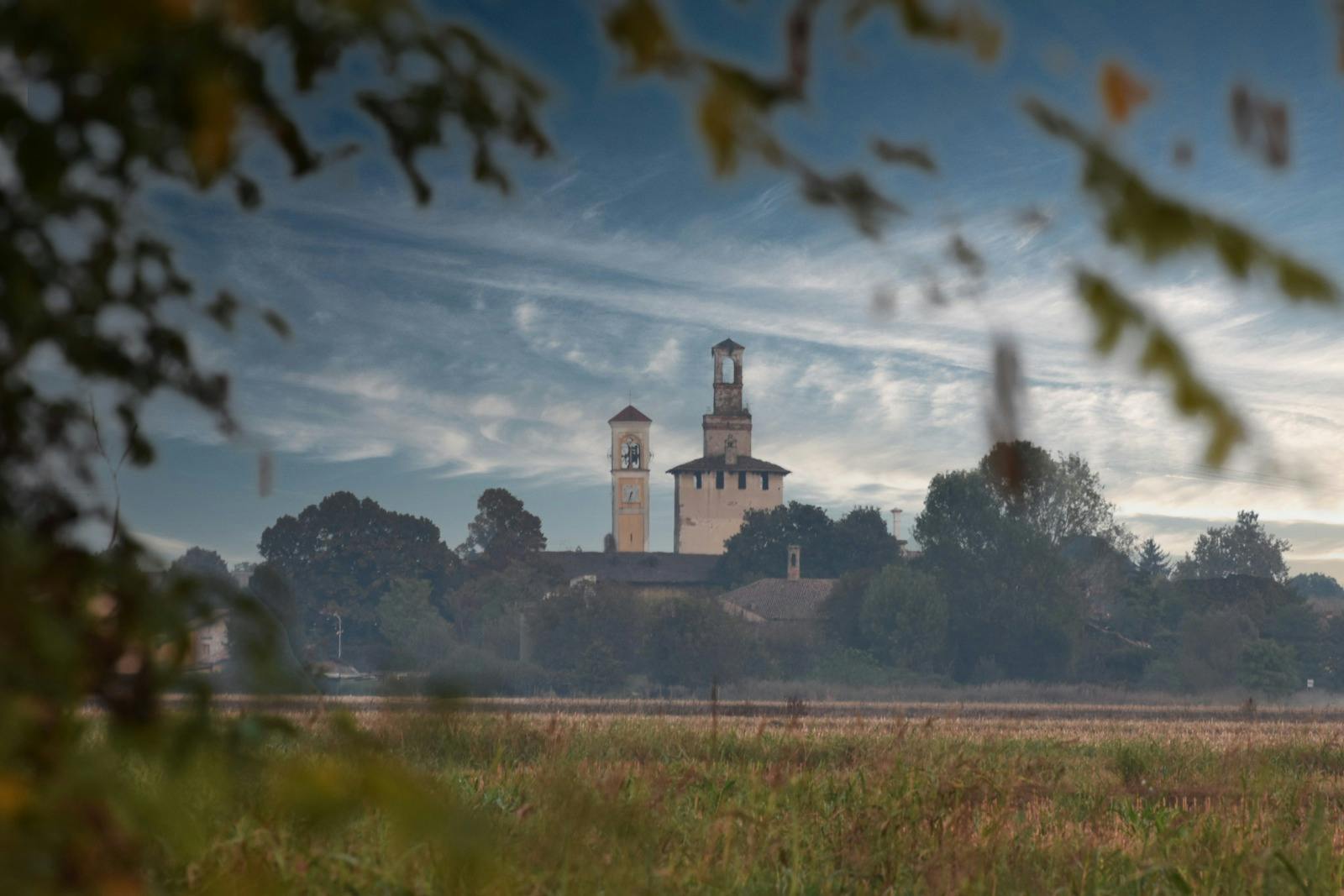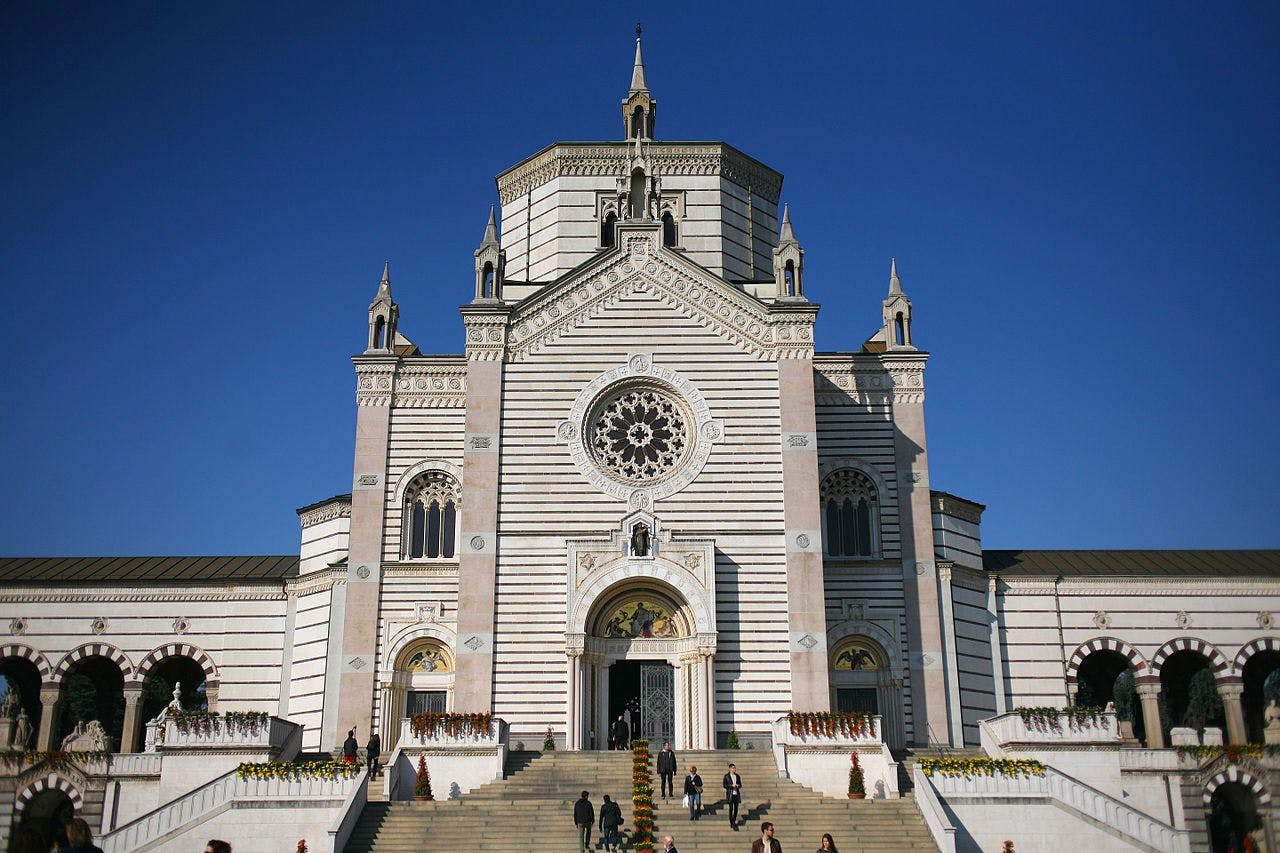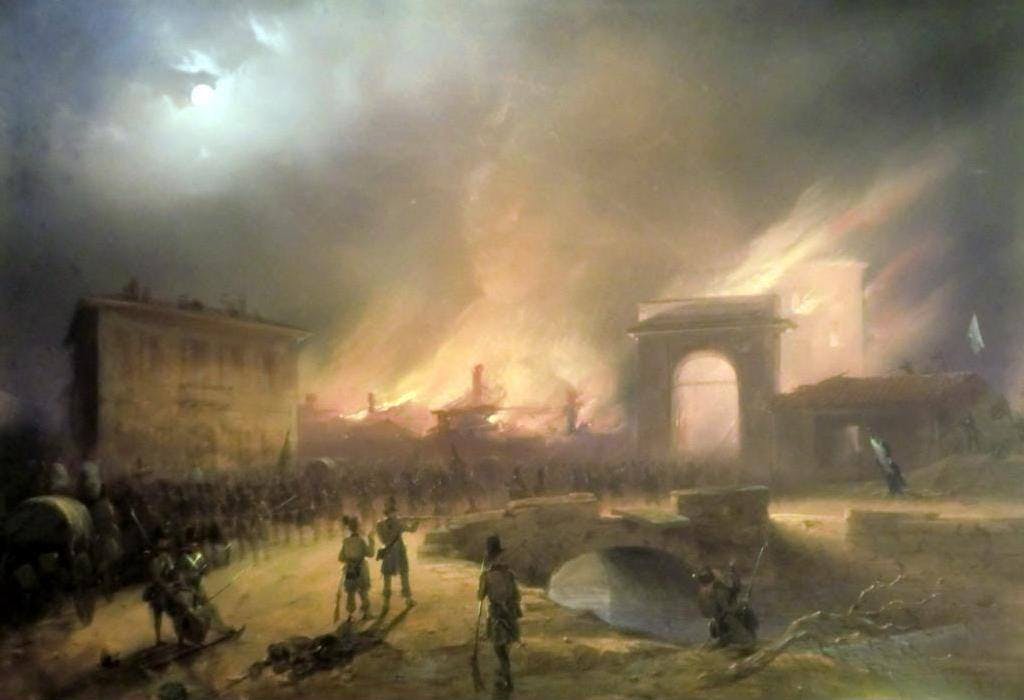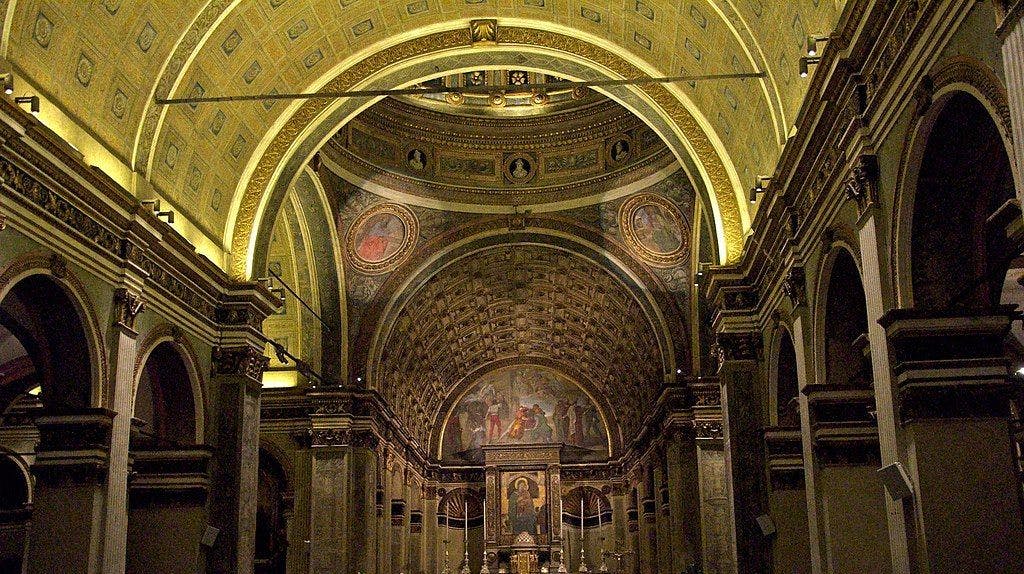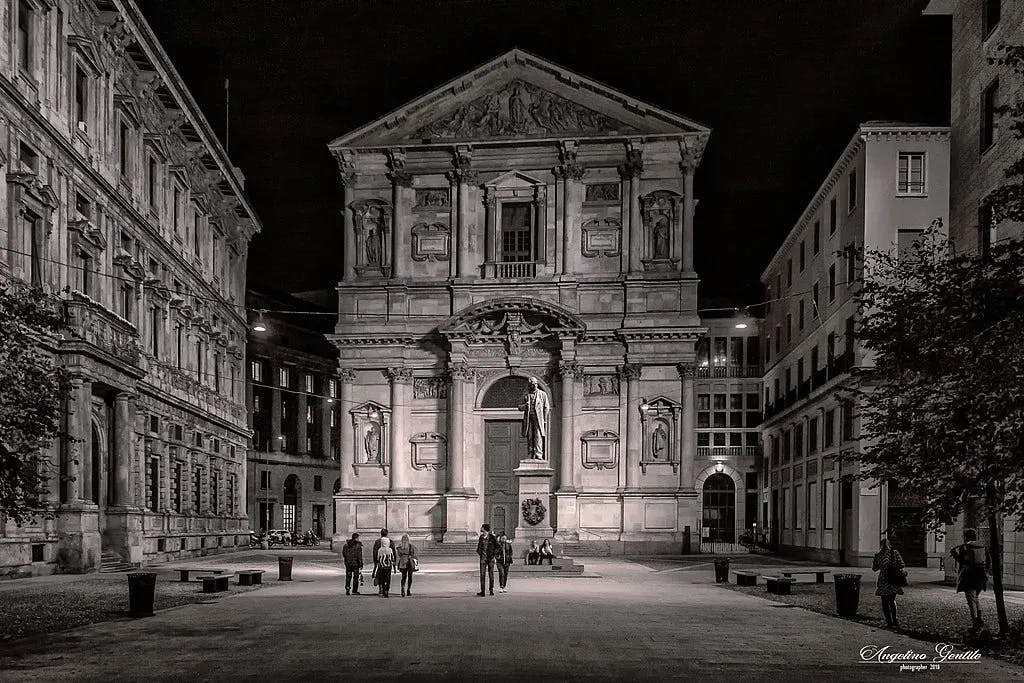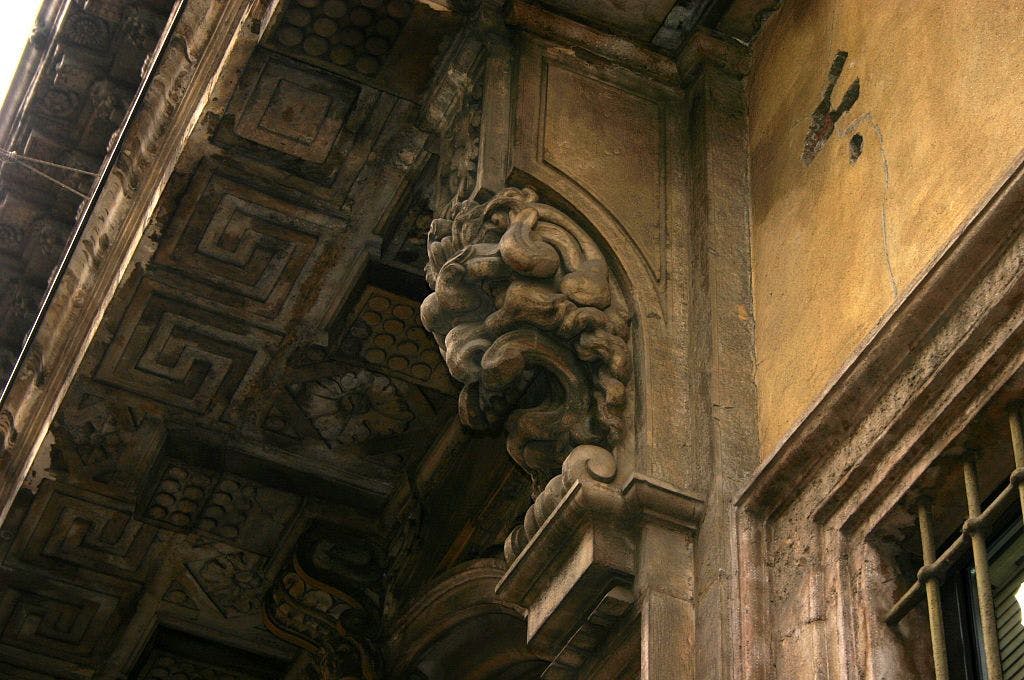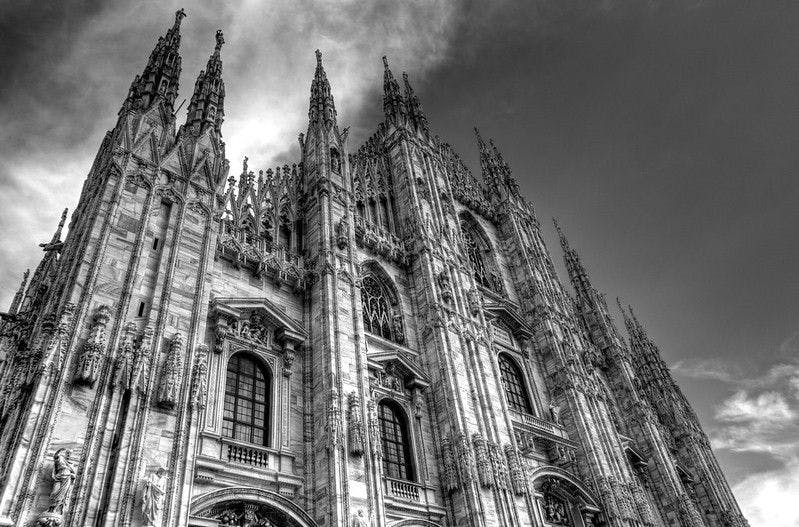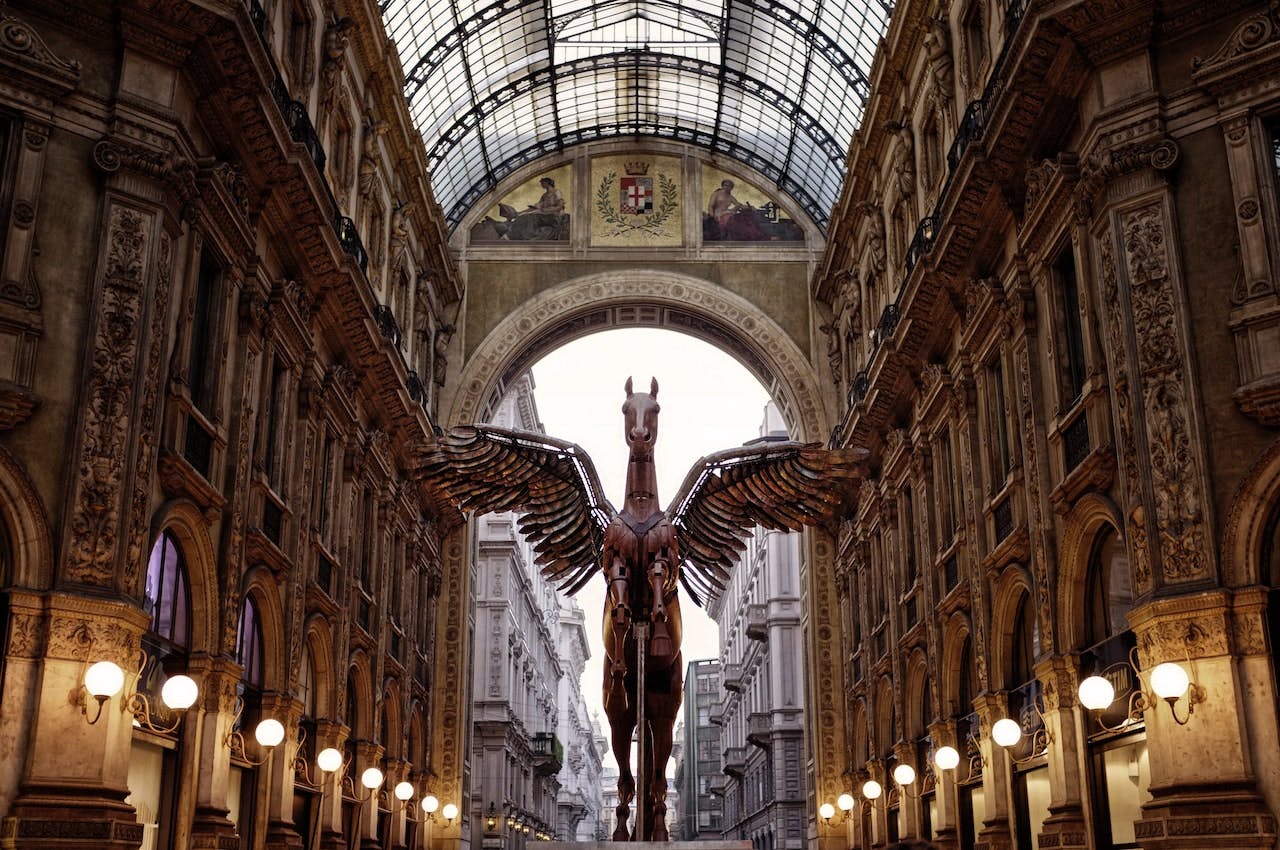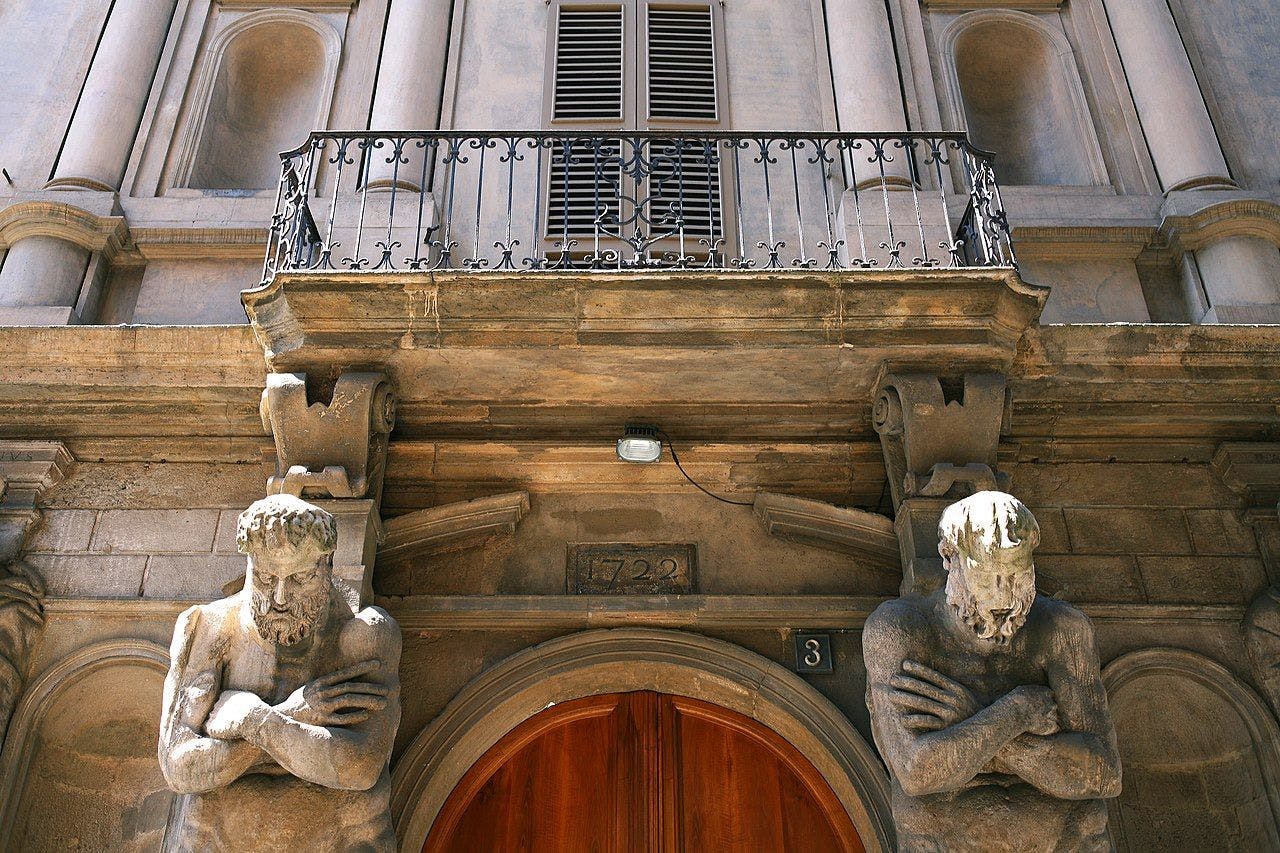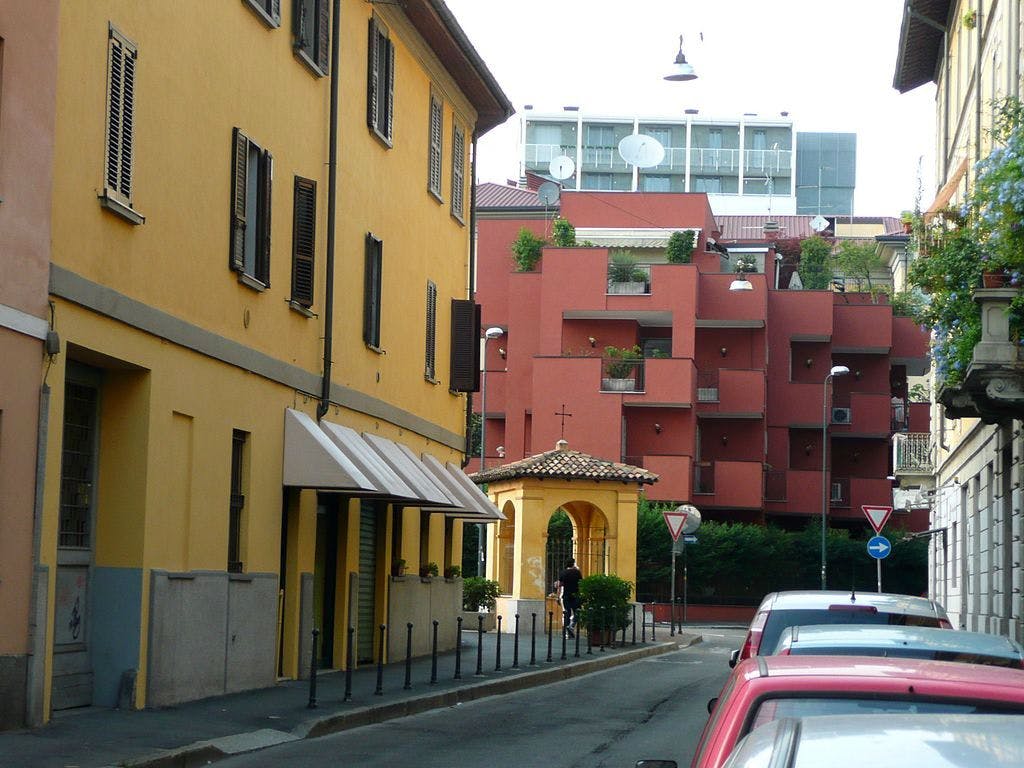In his book, the author dedicates special attention to the Lazaretto. He tries to divulge and familiarise his readers with the terrible situation. In search of help and somewhat forced, thousands of people arrived at this sad and dangerous place at the mercy of degradation, filth and contagion.
The novel describes the situation well, and the author communicates with brilliant examples of the population’s fear, which appeal to divine salvation without shelter and medical knowledge. Between hatred, chaos, and fear, there are many cases where people hide signs of contagion to avoid falling victim to a twisted hunt for the sick.
The Lazzaretto was first mentioned in “I Promessi Sposi” during Milan’s famine in 1628-1629 CE. Manzoni explains the deep reasons for the famine in Chap. XII. Specifically, in 1627-1628, the Milanese territories were affected by bad weather and, above all, by failures and squandering of the war for the succession of the nearby Mantua and Monferrato. In addition, the State imposed unbearable taxes on the landowners, and the soldiers plundered fields and food reserves, which were already scarcer than usual.
This was undoubtedly a facilitating background for the spread of the disease that bent the whole of Italy and Europe.



